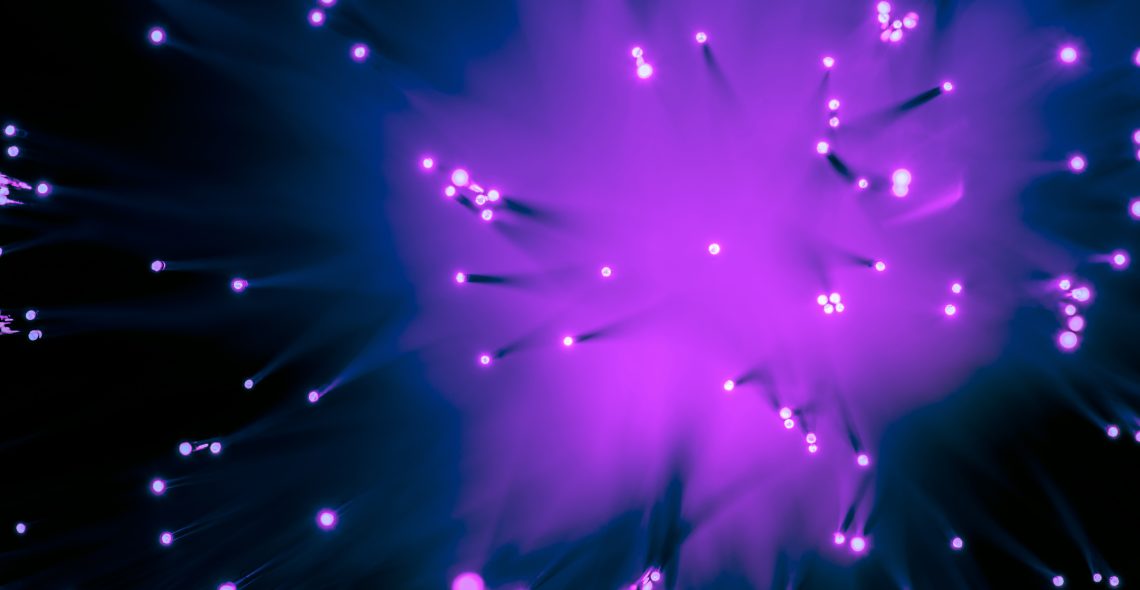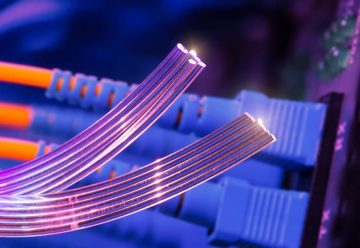In this section we discuss Dark Fibre vs DWDM (Dense Wavelength Division Multiplexing) and the benefits each can bring to your business.
What is Dark Fibre?
The need for Dark Fibre has been driven by a demand for dedicated and reliable, high capacity, low latency services. Dark Fibre is, simply, an unlit glass fibre strand with no equipment attached to it. This gives businesses the option of using any protocol of their choice and their own equipment, whilst safe in the knowledge that only their traffic travels across that fibre strand. Providing a dedicated connection affords a greater level of security as the fibre only has that business’ data traversing, meaning Dark Fibre is a good choice for those businesses dealing with sensitive information such as financial services and government bodies. It’s important to note though that the security of the technology and protocols put on that fibre is entirely dependent on the business to maintain.
What is Dense Wavelength Division Multiplexing (DWDM)?
As the demand for Dark Fibre and capacity has increased, Dense Wavelength Division Multiplexing (DWDM) has been an important component. This involves multiplexing of multiple virtual fibres – that is, the splitting out the colours of the infrared spectrum using laser transmitters tuned to each colour wavelength – meaning more data can be sent via a single fibre at the same time thus increasing bandwidth.
Dark Fibre vs DWDM
DWDM would typically be used on a core network where huge capacity is required as each pair of fibres could transmit up to 80 channels of 100Gbps wavelengths. DWDM is also able to reach greater distances – up to 80km but could be as far as 1000km with amplification of the signal.
DWDM is a good choice for businesses dealing with large data volumes, such as eCommerce and Media, and those Service Providers who manage customers where dedicated connectivity and high bandwidth is a must.
An important difference to note between purchasing Dark Fibre vs DWDM services is that a Dark Fibre provider requires businesses to deploy their own equipment at each end and manage the fibre capacity, security as well as the equipment maintenance. When purchasing a DWDM service the provider manages the capacity on the fibre as well as the optical equipment. This affects the cost of the network significantly and would be based on whether the business has the necessary IT resource and expertise in place to manage the network and just what the business priorities are when choosing connectivity options.







